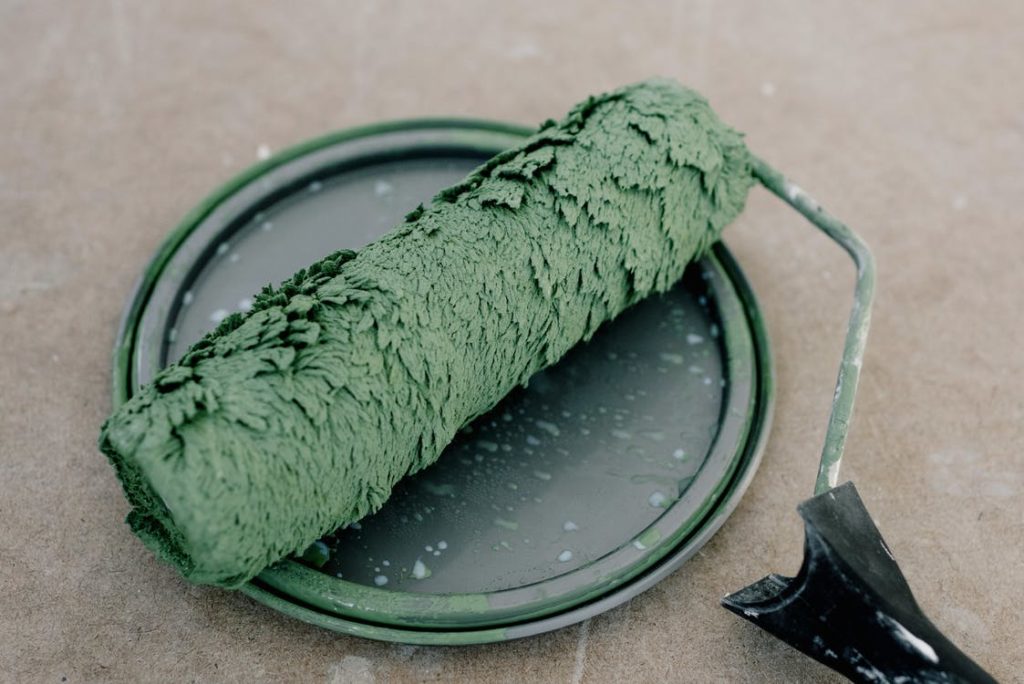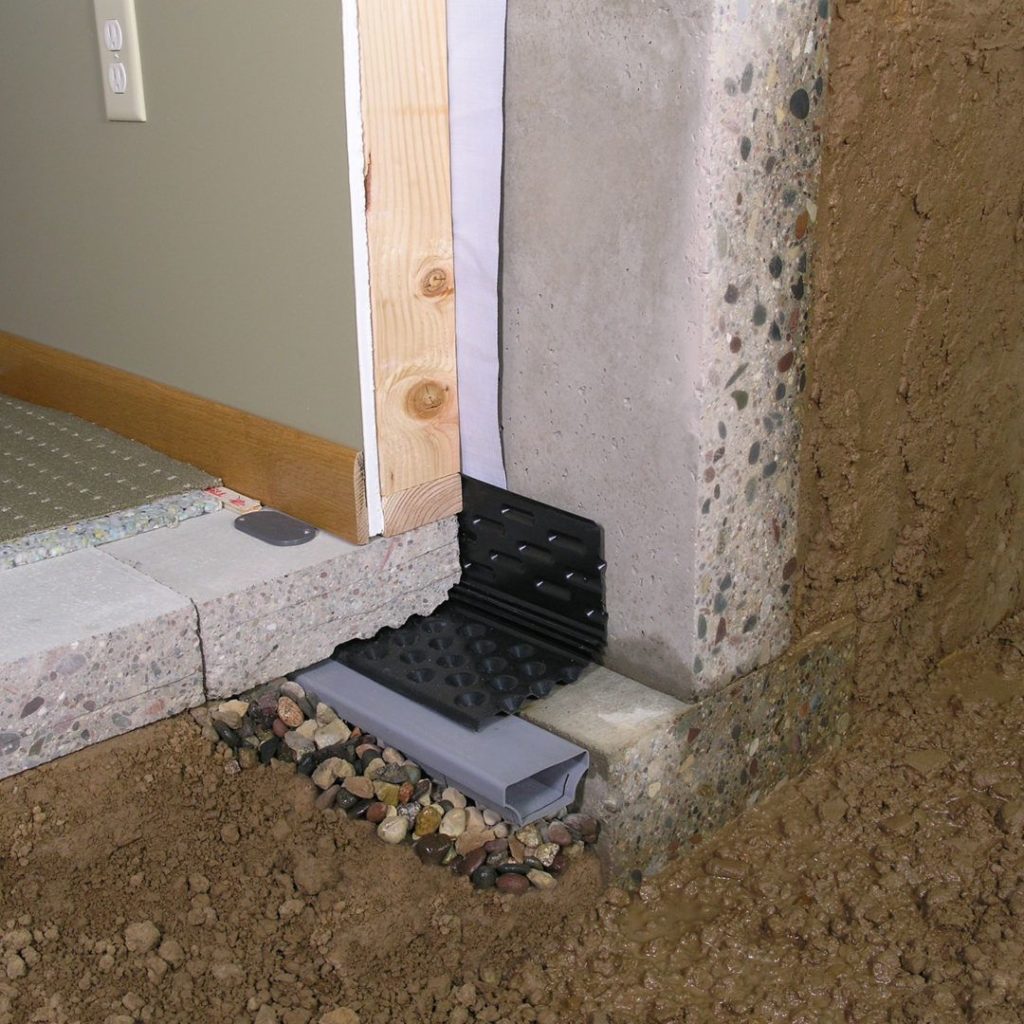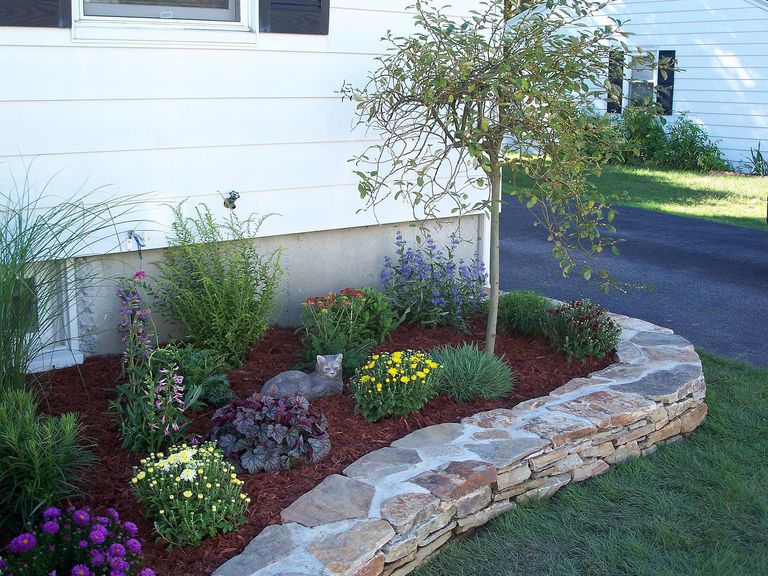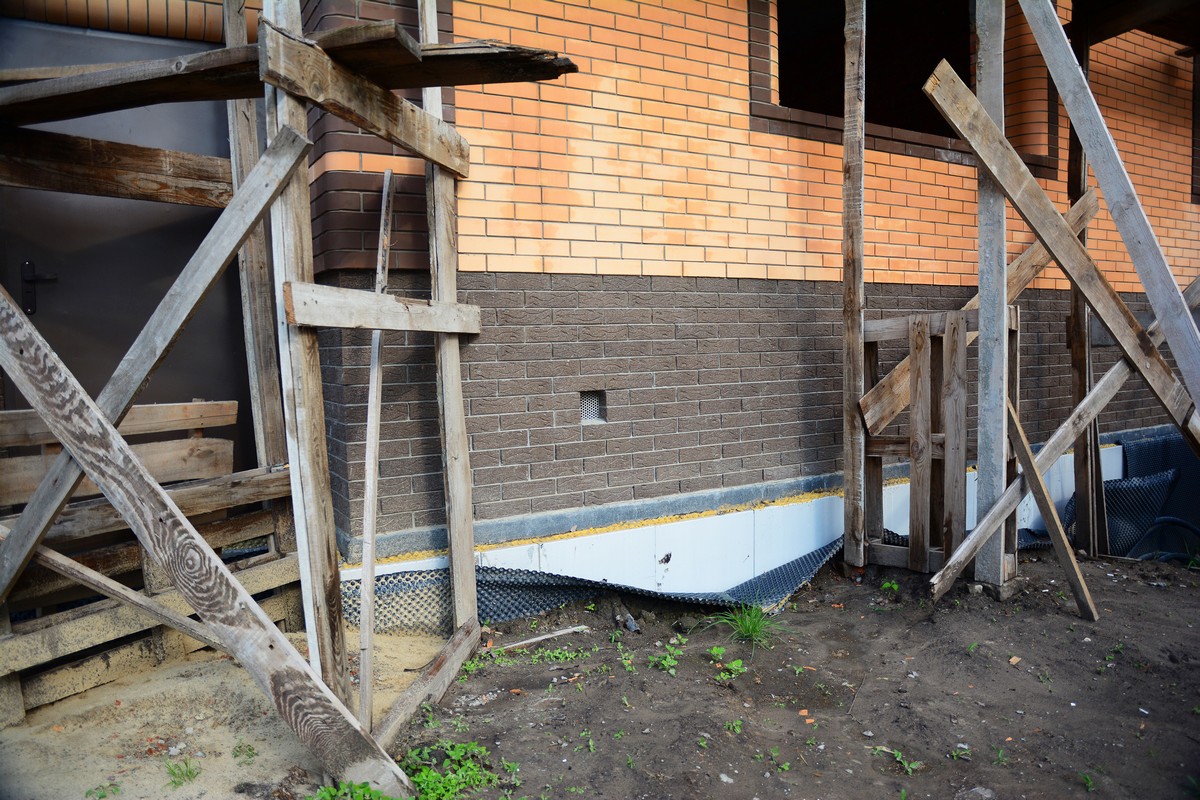Waterproofing is a great way to avoid having an unwanted flood in your basement. As it’s usually below ground level, installing drains and applying sealant materials are essential.
It’s crucial to avoid decay and molds because the gaps in the structure are prone to moisture and wetness. Significant damages to the infrastructures might also be caused by hydrostatic pressure forced through minor cracks.
Various techniques are safer and more effective when it comes to waterproofing your basement. Most people prefer to do it themselves as it’s cheaper than hiring someone to do the work. Consequently, it might lead to some minor mistakes that might become a bigger problem in the future if not addressed properly. Here are five need-to-know basement waterproofing mistakes to avoid:
1. Relying Heavily On Paint
Using paint to protect basement walls from damage isn’t a bad idea. It’s easy to apply and it’s a cost-effective way of waterproofing your basement. Waterproof paint can be used directly on the walls, and it’s able to block moisture. It’s a barrier for vapor, and oil-based paints wouldn’t allow water to pass through.

While some types of paint can be bought at a lower price, you need to ensure that it’s within proper standards. Relying on substandard paint to waterproof your basement may also lead to more problems in the future. Since it’s painted, it might result in shedding after a few years, and you’d need to reapply it again. Although that’s the case, using a paint can be your first step to prepare for unwanted damage.
There are various types of waterproof paint that you can use. Here are some of them:
- Epoxy Paint
It’s a water-resistant and durable type of paint that’s usually used on garages or basements. It’s mixed with epoxy, a kind of plastic resin commonly used in buildings and construction materials because the paint hardens quickly after it’s put on a surface. Although higher quality means a higher price, it’s common to see standard cost-effective epoxy paints available for home use.
- Acrolein Elasticized Paint
It’s a waterproof paint that prevents mildew, bacteria, and molds from growing because of its moisture. The compound is usually mixed with acrylic paint because it’s toxic and may cause damage to the skin as well as irritate the lungs and throat.
- Masonry Paint
It’s primarily formed to stick to different surfaces, including concrete, brick, and other hard exteriors. It’s easily cleaned using soap and water as a ceramic material waterproofs it with latex, preventing various forms of liquid from passing through.
Although it’s a cheap and convenient way to waterproof your basements, most people don’t recommend using paint if the floors and walls have minor leaks or cracks. It’s effective for preventing various problems, but it isn’t necessarily a treatment for damaged exteriors. Incorporating it with other waterproofing techniques may be an excellent way to maximize the prevention of future damages.
2. Quickly Draining The Basement
Most people prefer draining their basements as soon as possible, but it might result in more damage. As some floods are overflows from rivers or other large bodies of water, there might be pressure applied from outside the walls. If you clear it too quickly, the water outside can force itself on leaks or gaps of your walls and may result in severe damage to your basement. Waiting for the water outside your house to subside may be the best way to help you avoid damage to your building’s foundation.
3. Sealing Basement Cold Joints
Some homeowners use hydraulic cement to try and cover the part where the water enters the basement. It may be unaesthetic, but it helps release the extra water pressure on walls. It may also cause the water to relocate to another part of your basement that might result in more work. Furthermore, installing a waterproofing system in your basement will require you to take out the hydraulic cement from the joints.
4. Not Installing A Proper Drainage System
Most people ignore the fact that proper drainage systems are essential to avoid constant clogging of your basement. When waterproofing, a standard drainage system will prevent additional flooding and avoid your basement’s foundation from absorbing it, which may soften the soil below.

Various types of water drainage systems are available, and each of them is installed and placed differently. Here are the following:
- Interior French Drains
It’s a draining system that’s effective in removing excess water flow and works better when used with a sump pump system. It’s installed in trenches created within the basement that help dry out your basement quickly. It’s more expensive to set up, but most people agree that it’s worth the money.
- Exterior Drain Tiles
Also known as a French drain or weeping tile, most people who like DIYs prefer this method as it’s just made of perforated pipes and gravel. It’s a drainpipe outside your house around the foundation of your perimeter that helps in rerouting rainwater and groundwater.
- Sump Pumps
It’s a basement drainage system made with pieces that float to trigger a motor pump when it’s lifted by excess water. The water is then redirected to another place outside your house. Most people recommend using sump pumps together with other drainage systems to maximize their efficiency. It’s a very convenient system that’s efficient in removing large quantities of water, but it requires the help of electricity to function.
- Submersible Sump Pumps
It’s a system that involves a submerged sump pump inside a large ditch on the floor of your basement. The water level is monitored by a floating piece that triggers the underwater motor installed below it to pump the water outside your home. Most people prefer it because it’s a quieter choice than its counterpart.
- Pedestal Sump Pumps
It holds the motor above the ditch and requires only a small area and less excavation for its hole. It’s less efficient than its counterpart and makes a lot of noise since the motor isn’t submerged. Even if that’s the case, most people prefer this because it requires less digging and is cheaper to install than the submerged version.
- Floor Drains
It usually involves grates installed on your basement floors, which collects the water from above and transfers it to sump pumps through drains. Slopes are made so that the water flows toward it, which means they can help remove excess water from any part of your basement, including dehumidifiers or water heater leaks.
- Window Drains
Usually, storm-window frames have to weep holes that prevent water from going inside your house. To minimize water seeping through your windows, it’s recommended to combine it with window drains. This combination will help the rainwater water be redirected to the outside of your home to prevent unwanted flooding.
5. Not Considering External Landscapes
Most people concentrate on waterproofing their basement that they forget about external factors. When waterproofing, it’s essential to consider that the landscape outside of your home needs to be able to reroute water away from your home. For example, older homes have service walks that settle deeper to the ground as time goes by. If not repaired or removed, the concrete won’t allow the water to be rerouted away from your house.

The soil or concrete outside your home should be sloped to avoid water flowing inside your home. If you have a driveway, most people recommend redirecting water from gutters and downspouts. You can also dig a trench to drain any excess water in your driveway, so water won’t flood inside your home or basement. It may also be better if you’re able to install an in-driveway drain, together with a swale beside the driveway, to ensure maximum drainage. Some homeowners also use water-permeable surfaces on their driveways so the soil below can help absorb excess water.
Takeaway
Waterproofing your basement can be a long but rewarding process. It’s important to gather further information to ensure that you apply the proper techniques and avoid mistakes. If you’re thinking of using paint, opting out of cheap substandard paint can be helpful to prevent future problems with the walls and concrete. It’s a very significant way to avoid molds, bacteria, and other things from growing in your basement, so it’s essential to choose wisely.
Proper drainage systems are also essential since it’s one of the most crucial parts that helps in waterproofing your basement. Using multiple drainage systems at the same time can be helpful to prevent unwanted floods and damage to your infrastructure. Leaving the seams of your basement alone will also be a challenge since it’s an unaesthetic choice, but it helps your walls relieve excess pressure.
Overall, waterproofing your basement requires you to plan and apply cautiously to avoid unwanted results. It’s also recommended to seek the guidance of experts since they can recommend the right system or technique to use in your basement. Proper planning and advice will be able to help you minimize or prevent damage to your property. Consider the ideas mentioned here as you plan and prepare for your waterproofing project.







